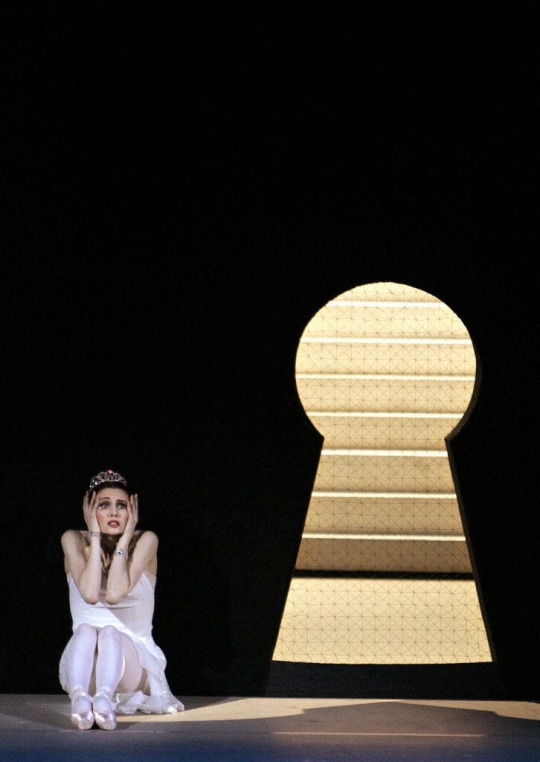Lacey | she/her | dancer | lesbian | blog runs on queue | NSFW blogs DNI
Don't wanna be here? Send us removal request.
Text
36 notes
·
View notes
Text






Marina is my favourite icon if you couldn’t tell already
39 notes
·
View notes
Text

i went out for the first time since october.
33 notes
·
View notes
Text
The Real Problem with the Coquette Aesthetic
It’s no secret I love the coquette aesthetic. Look at my header. Pink bows. Pearl necklaces. Lana Del Rey vinyl. Diet Coke can prominently displayed for some weird dark reason probably best not examined. I love it. But it’s got a problem. And it’s not the problems I keep hearing about, by the way. This “romanticizing child abuse” nonsense. That shits for people who can’t imagine women dressing…

View On WordPress
122 notes
·
View notes
Text
“Lolita isn’t a perverse young girl. She’s a poor child who has been debauched and whose senses never stir under the caresses of the foul Humbert Humbert, whom she asks once, ‘how long did [he] think we were going to live in stuffy cabins, doing filthy things together…?’ But to reply to your question: no, its success doesn’t annoy me, I am not like Conan Doyle, who out of snobbery or simple stupidity preferred to be known as the author of “The Great Boer War,” which he thought superior to his Sherlock Holmes. It is equally interesting to dwell, as journalists say, on the problem of the inept degradation that the character of the nymphet Lolita, whom I invented in 1955, has undergone in the mind of the broad public. Not only has the perversity of this poor child been grotesquely exaggerated, but her physical appearance, her age, everything has been transformed by the illustrations in foreign publications. Girls of eighteen or more, sidewalk kittens, cheap models, or simple long-legged criminals, are baptized “nymphets” or “Lolitas” in news stories in magazines in Italy, France, Germany, etc; and the covers of translations, Turkish or Arab, reach the height of ineptitude when they feature a young woman with opulent contours and a blonde mane imagined by boobies who have never read my book. In reality Lolita is a little girl of twelve, whereas Humbert Humbert is a mature man, and it’s the abyss between his age and that of the little girl that produces the vacuum, the vertigo, the seduction of mortal danger. Secondly, it’s the imagination of the sad satyr that makes a magic creature of this little American schoolgirl, as banal and normal in her way as the poet manqué Humbert is in his. Outside the maniacal gaze of Humbert there is no nymphet. Lolita the nymphet exists only through the obsession that destroys Humbert. Herein an essential aspect of a unique book that has been betrayed by a factitious popularity.”
— Vladimir Nabokov (tr. Brian Boyd), Apostrophes (1975)
71K notes
·
View notes
Photo

Swan Lake (detail), c. 2011. Anna Vinogradova (Russian, b. 1975)
3K notes
·
View notes
Text

The corps de ballet in Swan Lake (Royal Ballet 2024)
photo by Magda Hoffman
183 notes
·
View notes





















